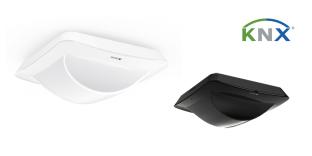By Yasmin Hashmi
It’s not all homes, offices and hotels – KNX can be used in so many different ways, and here we look at some of the more unusual applications over the past 35 years.
KNX in museums
One of the earliest non-traditional uses of KNX can be found in the Mining Museum in Mount Parnassos, Greece. Completed by GDS Digital Systems Ltd in 2003, the museum simulates mining processes, such as digging, drilling, putting in charges, activating blasts and carrying the spoil. Visitors can hear voices of miners and equipment and see blasts and falling rocks through special effects. KNX controls the electromechanical systems, as well as lighting, multimedia, smoke machines, sound amplifiers and which of the eight narration languages they hear. In this harsh and humid environment, special waterproof KNX devices were used.
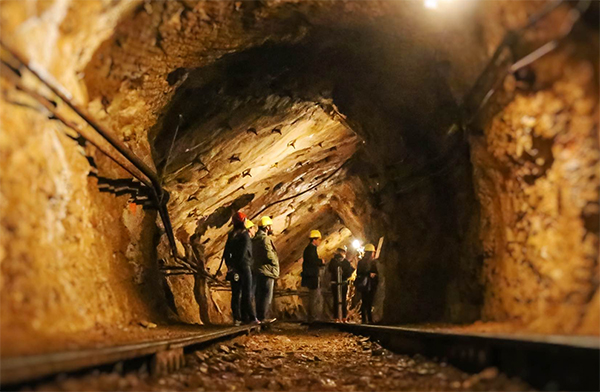
Completed in 2007 by systems integrator MAPE SRL, the Autoarona car showroom won the 2010 KNX Award for International – Europe. It is actually one of three car showrooms to the south of Lake Maggiore, Italy, in which KNX controls the lighting, shutters, HVAC and an audio PA system. KNX interfaces with a weather station and fire and intruder alarms, causing appropriate responses from the lighting and shutter systems. All three car showrooms are networked using KNXnet/IP using a visualisation system, allowing remote monitoring of alarms and security, control of all functions and remote maintenance.
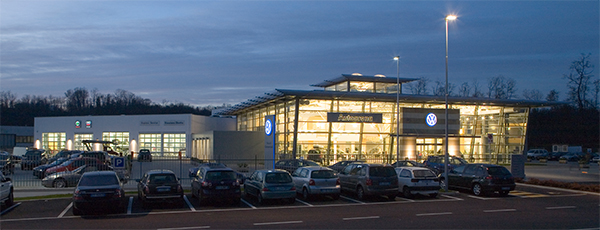
KNX in busses and boats
The first KNX camper van, the ‘ProLiner Classic 760 S MEB’, was created as a prototype in 2007 by systems integrator Günther Sumser in Germany. Between then and the project winning the KNX Publicity Award in 2010, the vehicle is said to have covered 22,000km on European roads without a single device failure. It is full of useful features and can sense where people are and what they are doing, setting lighting or entertainment scenes accordingly, with blinds being lowered if the sun is shining. There are also automatic anti-burglary scenes, with alarm messages sent to the owner’s mobile phone.
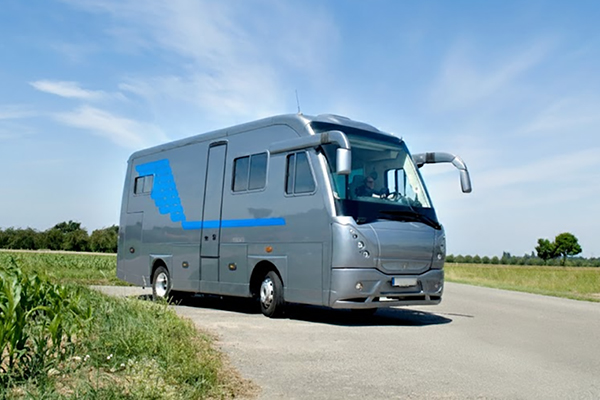
Since then, KNX has been installed in various types of vehicle, including a truck in Australia by enthusiast Dag Rogge, which was converted into a smart home that could withstand temperatures up to 40C. Also in Australia is a broadcast truck that was fitted out by Systems Intelligence to automate HVAC load shedding and sequencing, phase control, surge protection, fire alarms and metering.
KNX has been fitted into numerous vessels, be they land or sea. An early example was the Pegaso Superyacht project that was carried out in 2011 by KNX Consultants. This features KNX-controlled blinds and curtains, HVAC, door and lockdown security, and integration with high-end A/V, IT and communications systems.
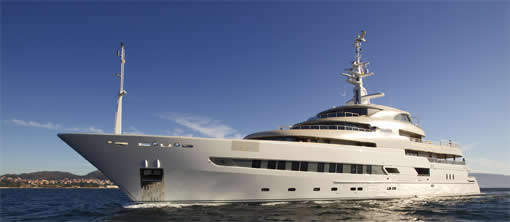
KNX for assisted living
KNX’s suitability as a backbone for assisted living systems truly came to the fore in 2013, when Assistive Technology Consultant, Paul Doyle, and systems integrator Abtec designed and installed a solution for Hereward College in Coventry, UK. As well as control throughout the campus, KNX provides control in students’ rooms of heating, lighting, access and socket outlets via infrared enabled devices including communication aids and a range of environmental controls. Since the college is for young people with and without complex disabilities and learning difficulties, control can also be adapted to students’ special needs – an example was control of entry to a student’s room who suffered from epileptic seizures. The settings of the KNX system were changed to capture a no-volt output from the seizure monitor which then triggered the KNX system to release the room’s magnetic lock. KNX also controls smoke detectors, presence detectors, such as bed occupancy pressure mats with a KNX interface, and IR-based solutions. Door and window contacts have a KNX interface and there is an IP gateway with appropriate software to monitor sensor technology within the residences.

Since then, the University of Applied Sciences in Vienna, Austria, set a benchmark in active assistive living (AAL) technologies in May 2019, when it opened the Smart Living Lab. Its aim was to find new ways to make smart homes easy to control for people with disabilities, and it comprises a living area, a cooking space, a bathroom, a sleeping space and a lecture room. The lab has been equipped with typical entertainment components, a smart fridge, a smart oven and eye trackers, lip mice and voice control. KNX is used to control lighting, HVAC, blinds, security and safety devices and provides visualisation. The use of many different technologies for a variety of functions is still a challenge within the lab, and whenever possible, it integrates devices by using gateways to the KNX system. This project won the 2020 KNX Special Award.
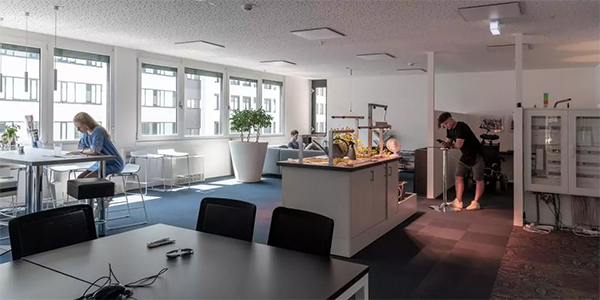
KNX in places of worship
KNX has been implemented in many places of worship, including churches, mosques and temples. An early example was the Basílica Nuestra Señora del Pilar which is located in the Recoleta neighbourhood in Buenos Aires. Built in 1732, the church has a simple, whitewashed colonial style exterior, whilst inside it conserves magnificent original altarpieces and ornaments. In order to improve this historically-important building’s functionality, KNX was used by systems integrator THI S.A.I.C. in 2013 to control HVAC, architectural lighting and internal lighting, with lighting scenes based on religious events and visits.

KNX in hospitals
A pioneering project that saw KNX moving towards the IoT even before the KNX IoT specification was available, was carried out in 2015 by Abtec. Northumbria Specialist Care Hospital in Cramlington, UK, has over 3500 KNX devices, most of which are used for functions such as HVAC, lighting and access control. However, the vast range of KNX gateways and devices, coupled with its low-cost cabling, allowed it to be connected with more things, regardless of location. In this case, it was used to integrate monitoring of anaesthetic gas pressure, bloods fridge temperature, and platelet agitators, which also took advantages of another benefit of KNX, namely telegram prioritisation, which allows alarm signals from the life-critical services to be prioritised over other KNX telegrams.
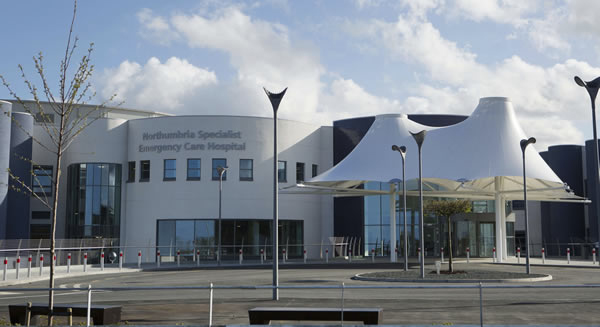
Another impressive installation is Queen Elizabeth University Hospital & Royal Hospital for Children in Glasgow, Scotland. Carried out by Schneider Electric and competed in 2015, the project used 16,296 KNX devices to manage lighting control across the entire building, as well as heating and cooling control in patient rooms, wards, and staff office areas. The system was integrated with the Schneider Electric EcoStruxure platform to provide a comprehensive building management system (BMS) that encompasses HVAC, lighting, fire safety, security, CCTV, and energy monitoring. KNX was seen as the ideal solution for the heating and cooling field controls due to the extent of the system within the building, allowing controls to be added easily and with great flexibility.

KNX for Ferris wheels
The Viennese Ferris Wheel at the Prater public recreational area is the symbol of Vienna. Known as the ‘Riesenrad’ in German, it first came into operation in 1897 with 30 cars, which were reduced to 15 after World War II. A complete restoration was completed in 2016 with 15 new cars, all of which were automated by SmartHomeKrainer GmbH & El. MaZim using the latest KNX technology. This gave rise to completely new control possibilities, such as floor and wall heating using sensors, and air-conditioning in the warmer seasons. It also allows audio to be controlled using simple triggers.
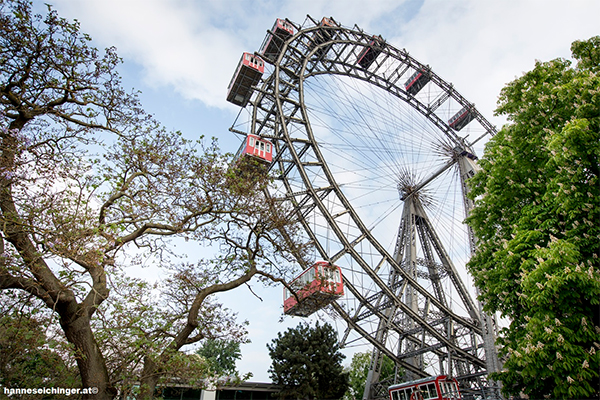
KNX for runway lighting
In 2022, Dassouki Group completed a runway lighting project at the airport in Damascus, Syria. The runway was linked to the traffic control tower via an existing 5km optical cable, with control using KNX. The installation has resulted in great savings, and has been well received by air traffic controllers, who note its ease of use and ability to monitor the condition of the landing strips.

KNX for farming
The Greenspace urban farm projects are about reducing food miles, growing sustainable food and making use of untenanted building space. The farms use KNX to provide real-time monitoring, smart HVAC, intelligent lighting, and irrigation controls, allowing them to be managed remotely. KNX allows the farms to be controlled and monitored remotely in real time, giving them the data to make calls on how to alter and change the environment. The controls and sensor data are posted to the platform of systems integrators In Control Automation Pty Ltd via MQTT for real time updates and alert-based rules. The farmer can review the trends and export the data in multiple formats. According to In Control, these data-backed decision have taken the guesswork out of farming and result in better crops.
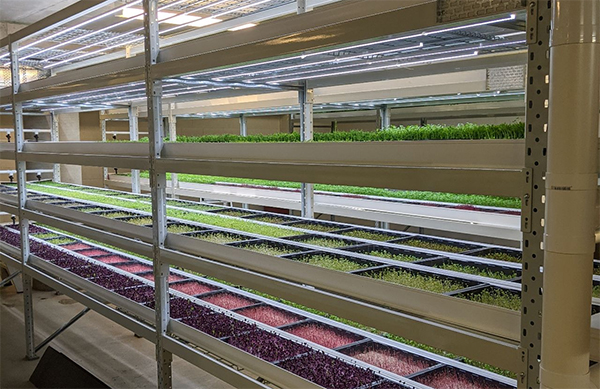
Conclusion
These are just some examples of innovative KNX projects over the past 35 years. They demonstrate how flexible the technology is and that it can integrate with a multitude of systems, forming a backbone that is robust and reliable, no matter the application or environment.
If you have a KNX project, make sure you submit it to the projects section of the KNX website. No matter how large or small, simple or complex, it serves as an example of why KNX is the logical choice for any building automation project.
Yasmin Hashmi is the Editor of KNXtoday magazine.










